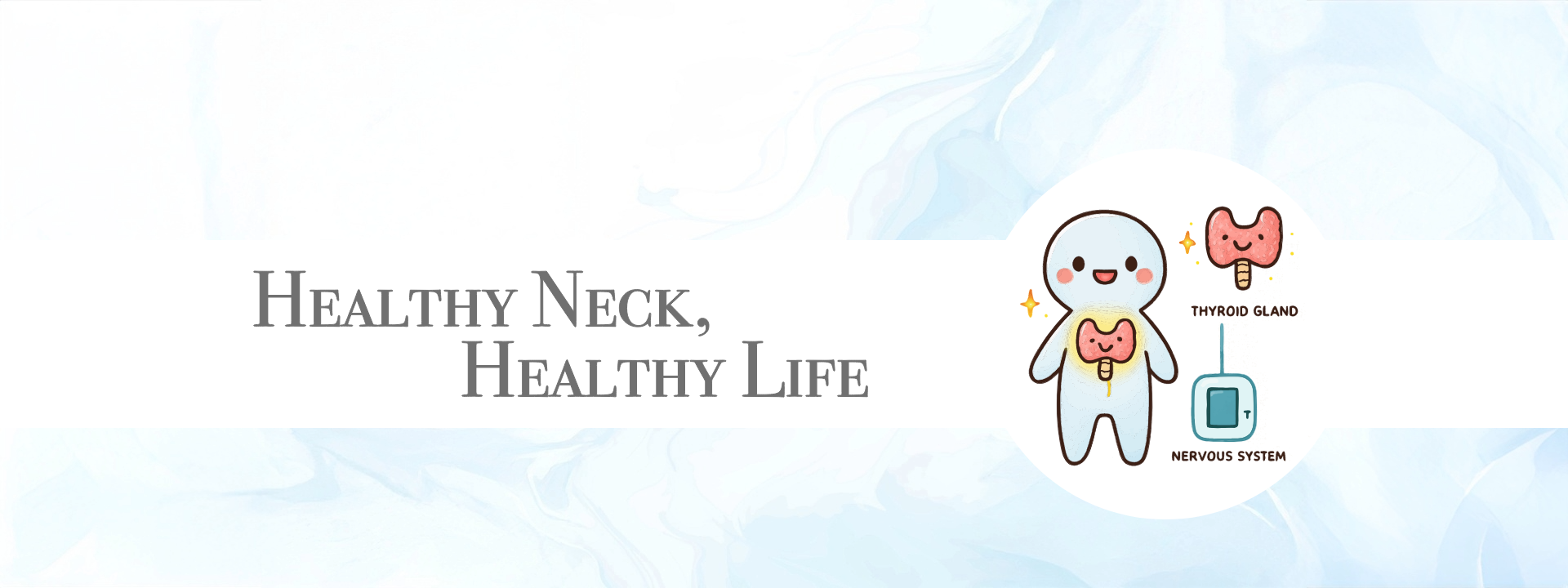Introduction
Common symptoms seen in mental health patients include “easily becoming anxious” and “lack of motivation.” Additionally, problems such as “unable to go to crowded places,” “unable to ride the train,” and “lack of concentration” are also reported. These symptoms may share a common underlying cause, which is related to “hypothyroidism.” This article defines these symptoms as “mental health symptoms” and explores their background.
The Link Between Hypothyroidism and Mental Health Symptoms
Typical symptoms of hypothyroidism include the following:
• Lethargy
• Loss of concentration
• Fatigue
• Swelling
• Sensitivity to cold
• Weight gain
• Slowed movements
• Memory loss
• Constipation
As these symptoms indicate, a decline in thyroid function seems to trigger negative emotions. Moreover, thyroid hormones activate the sympathetic nervous system, and when thyroid function declines, it disrupts the autonomic nervous system balance, making both mental and physical discomforts more likely to occur.
Hypothyroidism is generally diagnosed through blood tests for TSH (Thyroid Stimulating Hormone), FT3, and FT4. However, by the time these values show abnormalities, the symptoms have often progressed significantly. Furthermore, in the early stages, which are considered pre-hypothyroidism, high levels of “thyroglobulin” in blood tests may indicate initial signs. At this point, mental health symptoms often have already appeared.
Factors Leading to the Appearance of Mental Health Symptoms
Even if abnormalities in thyroglobulin levels are not found in blood tests, two factors could lead to the appearance of mental health symptoms:
1. Decline in thyroid function before abnormalities appear in blood tests.
2. Malfunctioning of the sympathetic nervous system.
The common factor in these two conditions is spinal nerve compression. The nerves influencing the thyroid are located from the cervical spine (C7) to the thoracic spine (T1–T4), while the nerves affecting the sympathetic nervous system are distributed from the cervical spine (C5) to the thoracic spine (T1–T12) and lumbar spine (L1–L3). The overlap of the spinal nerve regions between C5–T4 may lead to nerve compression in this area, making mental health symptoms more likely.
Additionally, mental health symptoms may stem not only from thyroid dysfunction but also from imbalances in the autonomic nervous system. Specifically, misalignments in the cervical spine (C1–C4, parasympathetic nervous system) can lead to symptoms such as an inability to relax and irritability. Therefore, the cervical spine (C1–7) and thoracic spine (T1–4) are particularly important areas when considering the causes of mental health symptoms.
Clinical Observations and Examples
Based on clinical results, it is highly likely that thyroid function is not directly worsening, but rather that the nerve signals from the brain to the thyroid are not transmitted normally. This hypothesis is based on clinical results derived from the chiropractic concept of “Innate Intelligence.”
In clinical observations within a cervical-focused chiropractic practice, reductions in range of motion are often noted between C5–T4 (especially C7–T2), and swelling in these specific areas is frequently observed. Patients exhibiting these conditions often show symptoms such as “unable to go to crowded places,” “unable to ride the train,” “easily feeling down,” “feeling restless or anxious,” and “unable to wake up in the morning.” In cases where these symptoms appear within 2–3 months, improvements are observed after 2 treatments. These treatments focus on restoring the normal range of motion in the spine using unique techniques specific to cervical-focused chiropractic care.
Prevention and Improvement Methods
To improve, the cooperation of oneself and family members can help by paying attention to daily activities, posture, and managing screen time on smartphones and computers. The following physical approaches are also effective:
• For Straight Neck: Use a pillow that supports the arch of the neck. Creating the arch prevents joint compression in specific parts of the spine.
• For Text Neck (C7–T1 flexion displacement): Use a support tool for 3 minutes a day that applies a static pressure of about 45 degrees from front to back on the joint surface. This helps stretch the spine and recover its range of motion.
To fundamentally correct spinal misalignments, it is necessary to perform precise listings (range of motion testing) and adjust based on recovery of the range of motion before and after the correction. Detailed palpation is required, so improving the practitioner’s knowledge and skills is crucial.
Conclusion
This article has discussed the causes and preventive measures for mental health symptoms, including hypothyroidism. Approaching physical factors may contribute to the improvement and prevention of these symptoms, suggesting that further research is needed.




コメント